Synthesis of Semaglutide, for Fun and Profit
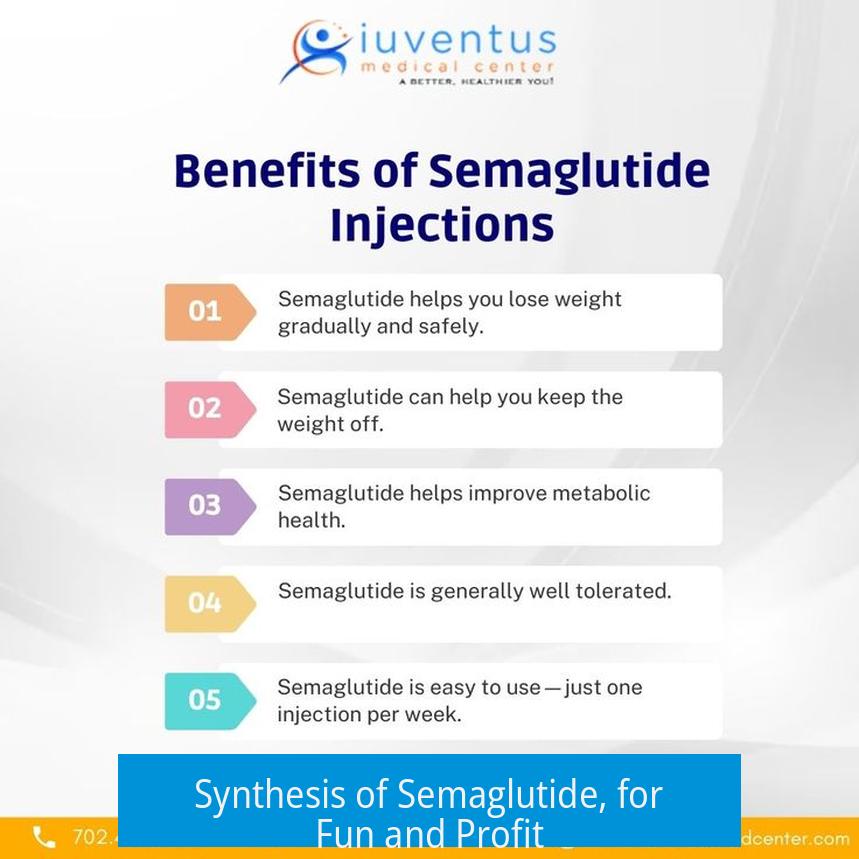
The synthesis of semaglutide, a long-acting glucagon-like peptide-1 (GLP-1) analog, is technically feasible but highly complex and encumbered by significant regulatory, technical, and financial hurdles. While synthesizing semaglutide can be a rewarding scientific challenge, pursuing it for profit faces substantial barriers, including stringent regulatory approvals, high production costs, and legal risks.
Understanding Semaglutide: Structure and Function
Semaglutide is a therapeutic peptide developed by Novo Nordisk to treat type 2 diabetes. Its amino acid sequence spans 31 residues with specific modifications to enhance stability and prolong activity. The molecule contains the sequence:
H-His-Aib-Glu-Gly-Thr-Phe-Thr-Ser-Asp-Val-Ser-Ser-Tyr-Leu-Glu-Gly-Gln-Ala-Ala-Lys (AEEAc-AEEAc-γ-Glu-17-carboxyheptadecanoyl)-Glu-Phe-Ile-Ala-Trp-Leu-Val-Arg-Gly-Arg-Gly-OH
Its molecular formula is C187H291N45O59. Semaglutide acts by inhibiting DPP-4 enzyme, extending its half-life, reducing blood glucose, and promoting pancreatic islet cell regeneration.
Technical Overview of Semaglutide Synthesis
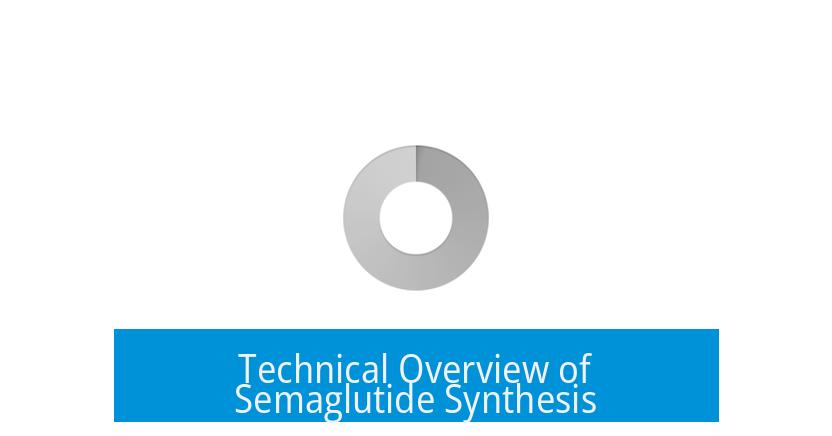
The synthesis of semaglutide involves a combination of recombinant protein expression and solid-phase peptide synthesis (SPPS). It represents a multi-step process that includes:
- Biological fermentation for recombinant expression of peptide fragments.
- Solid-phase peptide synthesis for fragment formation with side-chain protection.
- Liquid-phase segment condensation to join peptide fragments.
- Cleavage of protective groups, purification, and salt exchange to produce the final compound.
This approach enables the accurate assembly of a large peptide while maintaining structural integrity required for activity and safety.
Solid-Phase Peptide Synthesis (SPPS)
SPPS begins by immobilizing the first amino acid on an acid-sensitive resin. Additional amino acids are coupled sequentially, creating protected peptide fragments:
- First fragment: amino acids 1–12
- Second fragment: amino acids 13–24
- Third fragment: amino acids 25–31
Once synthesized, these fragments are cleaved from the resin, maintaining side-chain protection to enable later coupling in solution.
Liquid-Phase Fragment Condensation
Using the three peptide fragments with protected side chains, the synthesis continues by coupling each segment sequentially in liquid phase reactions. Key points include:
- Molar ratios of fragments are kept near 1:1, reducing excess reagent and costs compared to solid-phase condensation.
- Unreacted fragments, mainly uncoupled peptides, are easily extractable, simplifying purification.
- High purity is achieved due to efficient removal of undesired peptides before final purification by high-performance liquid chromatography (HPLC).
- A pseudoproline strategy at Ser-Ser residues mitigates racemization, preserving peptide stereochemistry.
This liquid-phase approach optimizes yield, lowers material usage, and supports scalability.
Purification and Salt Exchange
After full assembly, protective groups are removed, yielding crude semaglutide. This peptide is then purified via chromatographic methods and converted into its salt form suitable for pharmaceutical use.
Scientific and Technical Challenges
Synthesizing semaglutide is difficult due to its size and complexity:
- It is a large peptide that requires both recombinant and synthetic steps.
- Purity and sterility standards for injectable formulations are very high.
- The molecule’s polymorphic forms require thorough characterization to ensure consistent efficacy.
- Recombinant expression demands expertise in fermentation techniques.
Therefore, producing semaglutide at scale is not merely a matter of chemical synthesis but demands interdisciplinary expertise and robust quality controls.
Regulatory and Legal Hurdles
The regulatory landscape for biologics like semaglutide imposes formidable challenges. Key regulatory barriers include:
- Good Manufacturing Practice (GMP) compliance is mandatory, ensuring quality, safety, and traceability.
- Approval timelines extend over several years with high costs, often reaching billions in investment.
- Detailed studies are required on stability, polymorphic forms, impurities, and batch consistency.
- Regulators will not permit sale of the drug unless all stringent criteria are satisfied.
Historically, generic biologic drugs face even more intense regulatory scrutiny than small molecules, making market entry difficult. This complexity exceeds that of patent expiration and intellectual property barriers.
Legal risks exist as well. Unlicensed laboratories synthesizing and distributing semaglutide have faced enforcement actions. Unauthorized manufacturing constitutes a violation of regulations and carries severe penalties.
Market and Profitability Considerations
Given the synthesis complexity and regulatory requirements, profitable production of semaglutide as a generic or standalone product is challenging:
- Initial capital expenditure includes specialized facilities, highly trained personnel, and quality control systems.
- The long approval process delays market entry and revenue realization.
- Alternative opportunities may exist in producing adjuvants or ancillary components used in final drug formulations.
- Some suppliers offer semaglutide salts for research, but their safety and legality are questionable.
- Compounding pharmacies may be target customers for research-use materials but cannot replace formal pharmaceutical approval processes.
Thus, while semaglutide synthesis is scientifically appealing, commercial viability is limited by practical realities.
Professional Perspective on Synthesis for Fun and Profit
From a regulatory professional’s viewpoint, synthesizing semaglutide “for fun” as a research project is an engaging exercise in peptide chemistry. However, attempts to profit from such synthesis without full regulatory compliance are unrealistic. Misconceptions about the ease of regulatory approval and synthesis abound outside industry circles.
Understanding the intricate regulatory framework is essential. Undertaking semaglutide synthesis without this knowledge exposes individuals or companies to legal and financial risks.
Summary of Key Points
- The synthesis of semaglutide combines recombinant expression and solid-phase peptide synthesis with liquid-phase segment condensation for final assembly.
- Technical challenges include peptide complexity, purity requirements, and polymorphic study.
- Regulatory barriers demand massive investments, GMP compliance, and lengthy approval processes, often exceeding patent-related restrictions.
- Commercial production for profit is difficult, with market opportunities mainly in ancillary products or research chemicals.
- Unauthorized synthesis carries significant legal risks and enforcement actions.
- Professional regulatory knowledge is key to navigating the synthesis and commercialization landscape responsibly.
Synthesis of Semaglutide, for Fun and Profit: The Real Scoop
Can you synthesize semaglutide, have fun, and make a profitable business out of it? The straightforward answer is no. While the idea glamorously sparkles with the allure of scientific ingenuity and financial reward, the reality veers far from the Hollywood script.
Let’s slice through the hype and explore the multiple layers of what it truly takes to make semaglutide from the chemistry bench to the market. Buckle up for a ride into peptides, regulations, and business savvy—with a bit of humor sprinkled in because, hey, science with no laugh is just a lab notebook.
The Technical Challenge: Semaglutide Is No Walk in the Park
Imagine crafting a long, exquisitely complex molecule: semaglutide. It’s a peptide with the precise sequence H-His-Aib-Glu-Gly-Thr-Phe-Thr-Ser-Asp-Val-Ser-Ser-Tyr-Leu-Glu-Gly-Gln-Ala-Ala-Lys (AEEAc-AEEAc-γ-Glu-17-carboxyheptadecanoyl)-Glu-Phe-Ile-Ala-Trp-Leu-Val-Arg-Gly-Arg-Gly-OH. That’s a mouthful, with a stunning molecular formula of C187H291N45O59.
It’s not just long but has to be made to injection-grade purity. You don’t want anything less pure than pristine when poking a needle into your veins. Semaglutide’s production involves intricate solid-phase peptide synthesis (SPPS), combined with segment condensation in the liquid phase. What does this mean? You first build tiny peptide fragments on a solid resin carrier, then piece them together in solution. This dual approach minimizes waste and boosts efficiency, making it possible to scale, though still tricky.
And don’t forget, semaglutide isn’t simply stitched together by chemical reactions alone. It’s often produced recombinantly (in living cells) and chemically modified afterward. This calls for expertise in fermentation engineering and precise control over crystal polymorphism—no backyard chemist territory here!
Why Is Liquid-Phase Fragment Condensation a Game Changer?
A pioneering method called liquid-phase fragment condensation stands out. Traditional solid-phase methods often use large excesses of peptides (think 2-5 times more fragments than needed). Liquid-phase coupling shrinks this to nearly a 1:1 ratio, saving materials. Plus, the impurity profile is cleaner with fewer defective peptides—mainly uncoupled fragments that are easy to wash away.
This technique slashes costs and effort, ideal for scaling to industrial production. It’s like choosing to bake cookies in a batch rather than one by one—saving time, money, and kitchen mess.
Racemization? Sounds Tricky, But They’ve Nailed It
One spicy chemistry hurdle is racemization—where amino acids flip into the wrong mirror image. To fix this, a clever “pseudoproline” strategy is used in the first peptide fragment, avoiding racemization and ensuring the peptide folds and functions correctly.
Regulatory Walls: The Billion-Dollar Elephant in the Room
Here’s where the fantasy of “making and selling semaglutide” really crashes into reality. Even if you magically conjure up the peptide, the regulatory maze laughs at your dreams.
“You simply would not understand the regulatory hurdles unless you have been in the industry.”
You need GMP (Good Manufacturing Practices) certified facilities. Governments want exhaustive data on crystal forms, purity, stability—and they take years reviewing them. Consider what it takes for generic insulin. Despite market demand, barriers cost billions and require insane patience.
The FDA or EMA won’t let you sell a single milligram until you jump through their hoops. This is often a higher barrier than patents themselves. Regulatory compliance isn’t fun; it’s a brutal, costly gatekeeper. Many underestimate its scale.
Legal Risks: The Wild West Has Its Sheriffs
Some reckless labs have tried making and selling semaglutide without official approval. Surprise: they got busted. Illicit business comes with wrathful legal risks. This is a pharma battlefield, not a garage hobby project.
Safety and legitimacy aren’t just buzzwords. Drugs wrongfully made can cause harm. That risk triggers swift crackdowns. It’s a high-stakes game better left to well-regulated industries.
Market Realities: Selling Semaglutide Ain’t Easy
If you think you’ll sell semaglutide on the black market or even as a “research chemical,” think again. Semaglutide sodium and acetate salts do pop up from some suppliers, yes, but the safety and legality of these purchases are questionable at best. Some compounding pharmacies might peddle these substances, but professional caution is paramount.
Money-wise, the profit margins on producing the active ingredient (API) itself are thin given production complexity and risks. Making related compounds like adjuvants (substances that boost the drug’s effect) is often more practical and legally less risky.
Regulatory Professionals: An Underestimated Knowledge Trove
“Did you ever figure this out? I am considering this and I’m a regulatory professional. There is a lot of misinformation here. I guess it’s just second nature to me,” says an insider.
The world of drug regulation is a labyrinth that only industry veterans fully navigate. Misinformation abounds online, especially in forums or among DIY enthusiasts. Understanding regulatory nuances separates daydreamers from serious players.
Is There a Fun Part, Then?
Absolutely. Synthesizing semaglutide is fascinating from a chemical perspective. If you have a peptide synthesizer, working on such a molecule is a thrilling technical challenge. It stretches your knowledge of solid-phase chemistry, fragment coupling, and purification. It’s an intellectual Everest for chemists.
But here’s the kicker: fun and profit rarely coexist when you ignore regulation. The science is fun; the business is a minefield.
Lessons from Semaglutide Synthesis
- Understand the molecule: Semaglutide is a masterpiece of protein engineering, combining recombinant expression and synthetic chemistry to produce a therapeutic peptide with lasting effects on type 2 diabetes.
- Embrace solid-phase and liquid-phase synthesis: These combined approaches allow control, purity, and scale.
- Regulatory hurdles dwarf patents: Don’t underestimate the billion-dollar investment and time needed.
- Legal risks are real: Unauthorized production invites swift penalties.
- Market nuances matter: Production of ancillary substances may be more profitable than the API.
Wrapping Up: For Fun? Yes. For Profit? Be Prepared.
If you’re a researcher or chemistry enthusiast, tackling semaglutide synthesis is a fascinating expedition into peptide chemistry and biotechnology. Enjoy every detailed step—from immobilizing amino acids on acid-sensitive resin to mastering pseudoproline strategies to avoid racemization.
But if you’re dreaming about profiting from your homemade semaglutide, be ready for a tough reality check. Regulatory compliance, safety standards, enormous financial commitment, and legal oversight will almost certainly snuff out any fast-track success.
So, to those daring enough to venture into semaglutide synthesis: regard it as a challenging scientific adventure. Celebrate the victories in peptide chemistry. Profit? Better leave that to the pharma titans—while you proudly say, “I know how they make it!”
What are the main scientific steps involved in semaglutide synthesis?
Semaglutide synthesis combines solid-phase peptide synthesis and fragment condensation in liquid phase. It starts with amino acids on a solid support, building peptide fragments, then coupling them in solution. Finally, purification and salt formation complete the process.
Why is producing semaglutide commercially so difficult despite having the chemical synthesis methods?
Regulatory approval demands strict quality, extensive testing, and GMP compliance. This process costs billions and can take years. The purity and safety requirements for injectable drugs add complexity beyond just making the molecule.
Can individuals profit from synthesizing semaglutide on their own?
Profit is unlikely due to high regulatory barriers and costs. Unauthorized production risks legal action. Making it for research or compounding might happen but carries safety and legal concerns.
What expertise is needed beyond chemistry to synthesize semaglutide properly?
Experts in fermentation and peptide chemistry must collaborate. Recombinant expression and structural studies are essential to ensure safety and correct polymorphic forms. This is more than a simple chemical synthesis.
Is it easier to produce parts used in semaglutide formulations rather than the active drug itself?
Yes. Making adjuvants or excipients may be more feasible. The active pharmaceutical ingredient requires more stringent control, making ancillary substances an alternative for smaller-scale production.


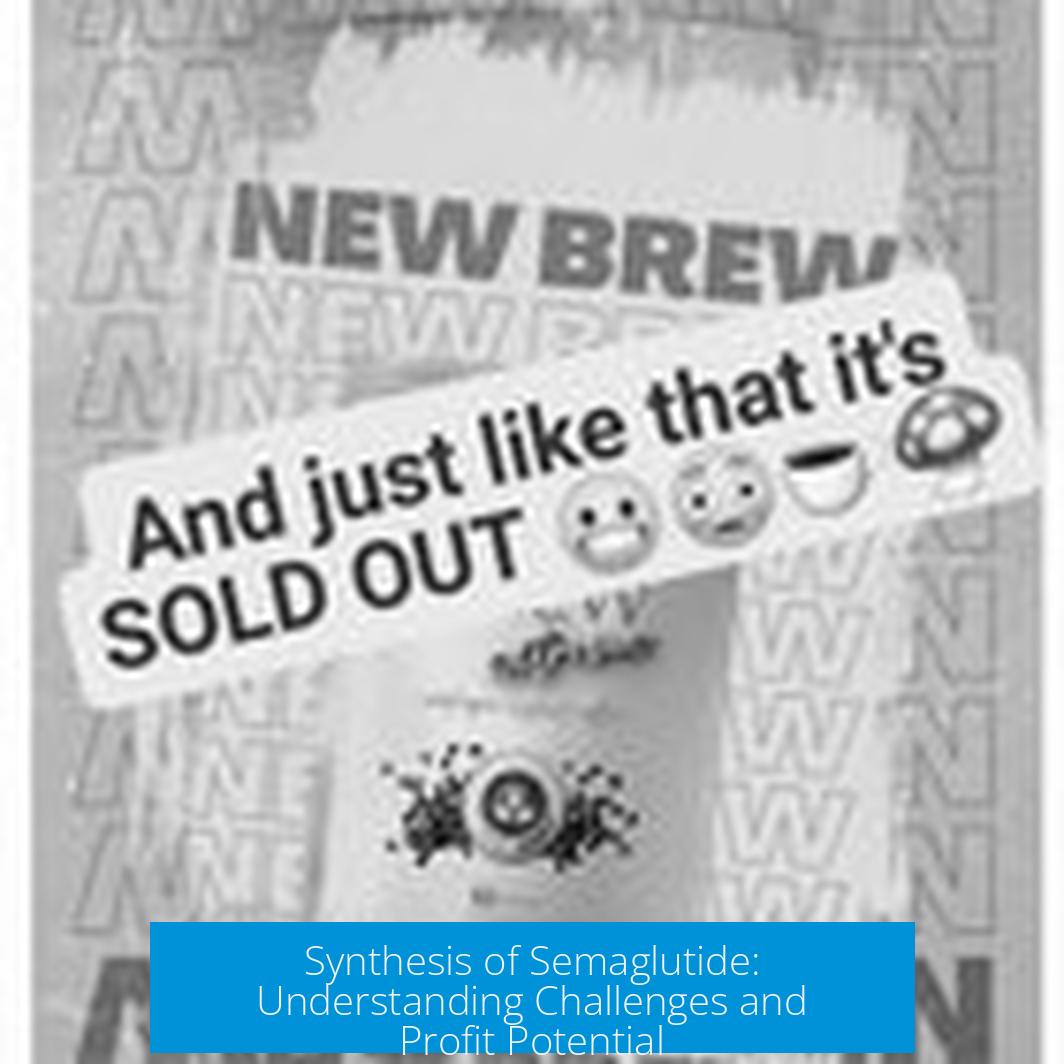
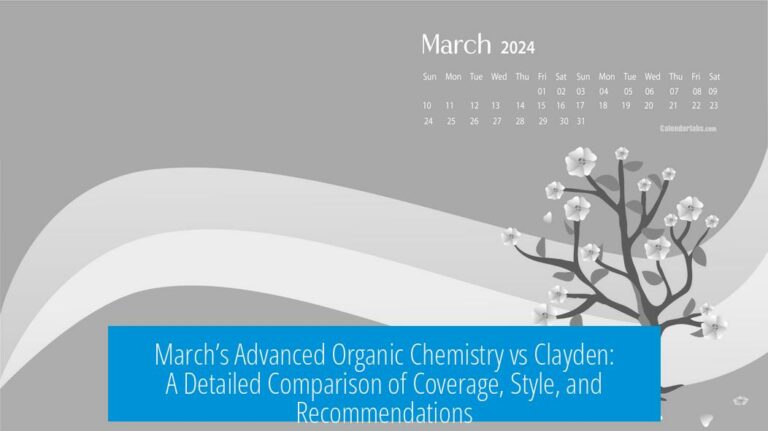
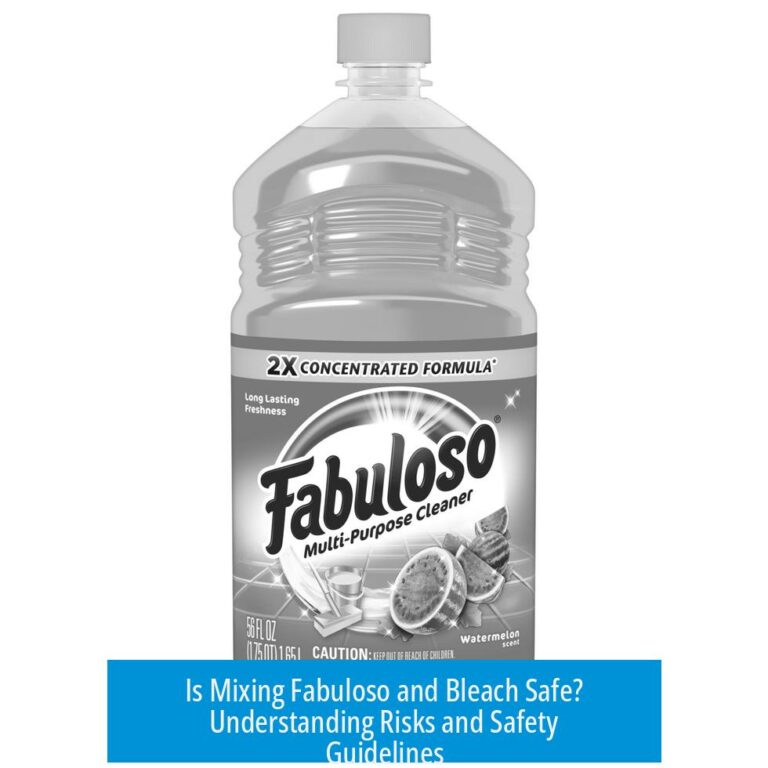
Leave a Comment